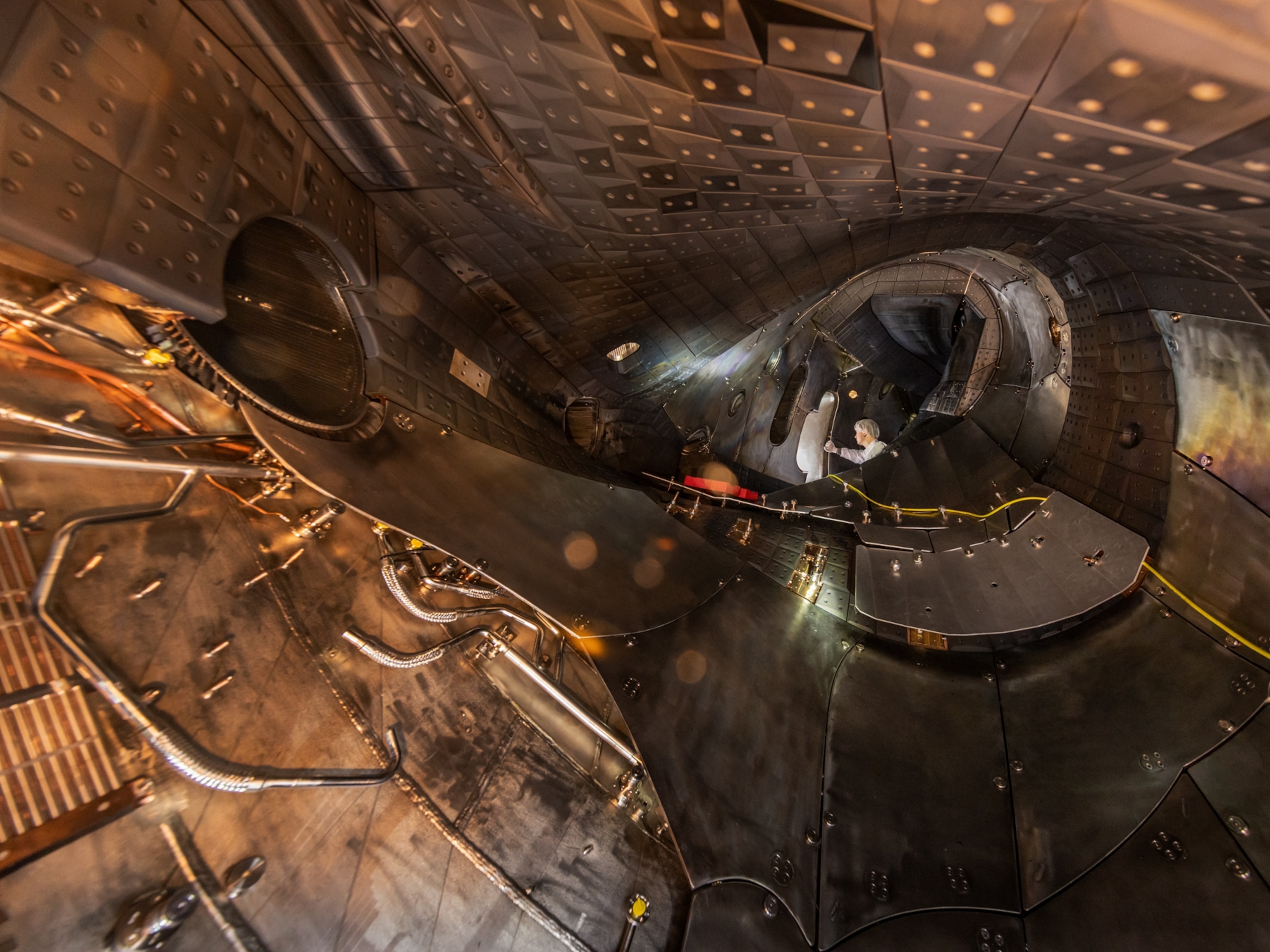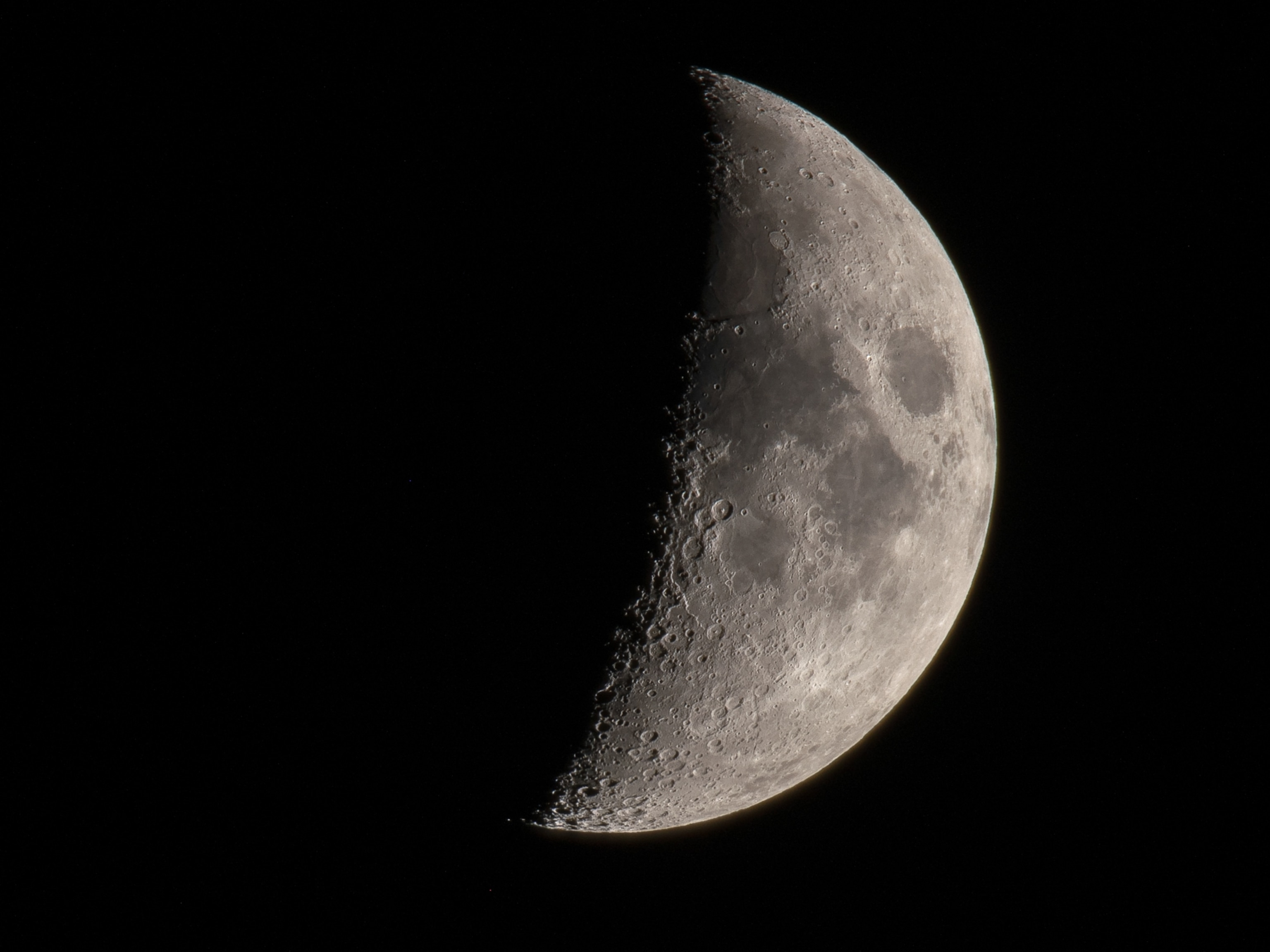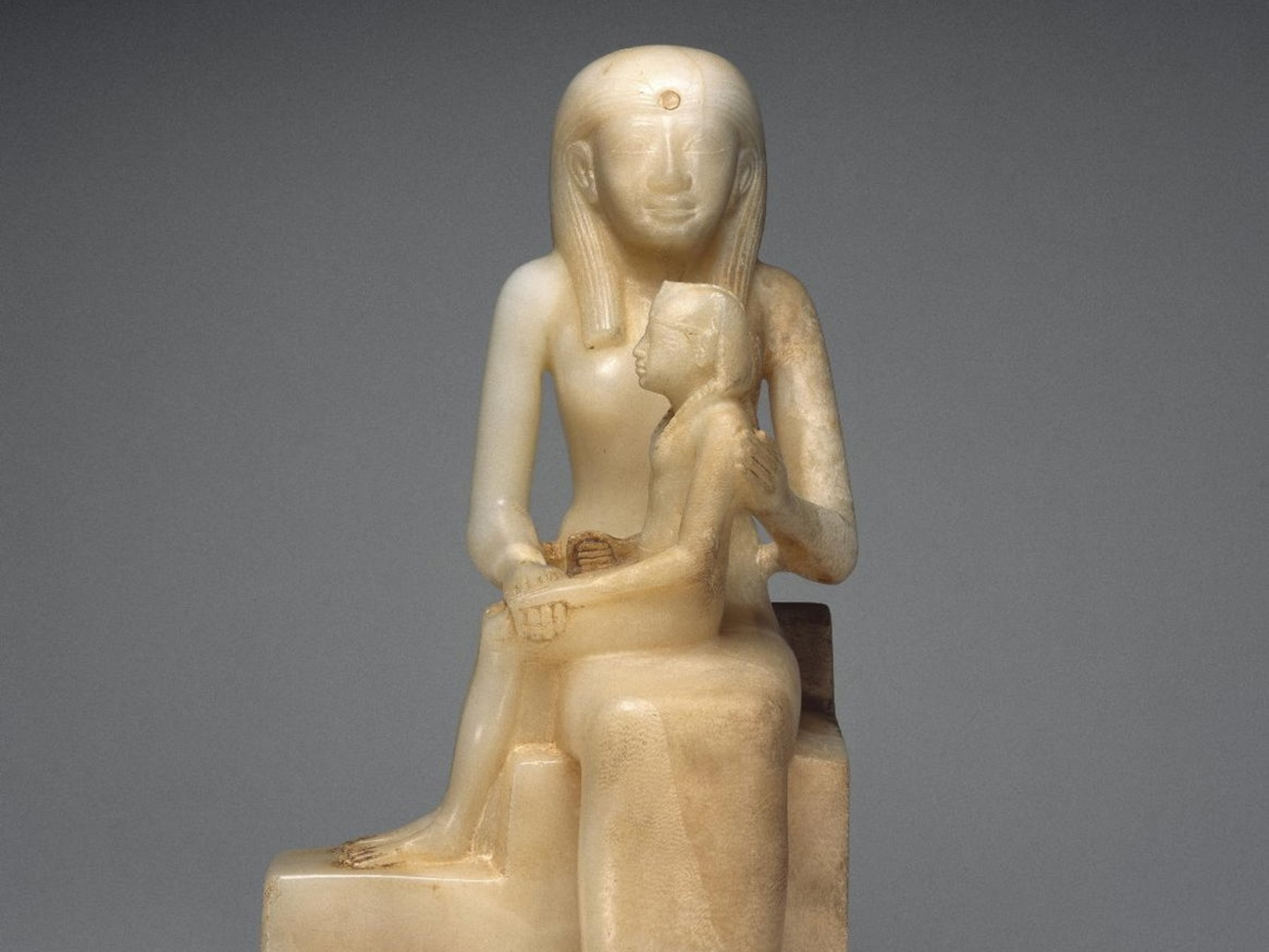
‘Engineering Marvel’ of Queen of Sheba’s City Damaged in Airstrike
The ancient Great Dam of Marib is one of several cultural casualties of Yemen conflict
One of the grandest engineering marvels of the ancient world—the Great Dam of Marib in central Yemen—has been damaged in an airstrike, according to local news reports and archaeological experts in touch with local sources.
Ancient Marib was the capital of the wealthy caravan kingdom of Saba (biblical Sheba, home of the legendary queen), which thrived during the first millennium B.C. Along with remains of the Great Dam, considered the most important ancient site in Yemen, excavations of the Sabaean capital have revealed two elaborate pre-Islamic temple precincts dedicated to Almaqah, the chief deity of the kingdom.
Thousands of inscriptions identified in Marib are providing researchers with an unusually detailed insight into the kingdom’s laws, institutions, and details of everyday life.
Over the past several weeks, fighting between Shiite Houthi rebels and forces loyal to Yemeni president Abd Rabbuh Mansur Hadi, with support in the air by a Saudi Arabian coalition, has escalated around the modern city of Marib, the center of the country’s oil and electrical facilities located just a few miles from the ancient capital. (Understand the various players in Yemen’s current crisis.)
Initial reports of damage to the Great Dam appeared on social media and in local news reports on Sunday. However, widespread communication shutdowns across the country have made independent confirmation by the international archaeological community difficult.
Iris Gerlach directs the Sanaa Branch of the German Archaeological Institute (DAI), which has been investigating and restoring the remains of the Great Dam. She has spoken to sources close to local leadership in Marib who say that the airstrike hit the better-preserved northern sluice.
Yemeni officials say that Saudi Arabian coalition forces, who are providing air support in the fight against Houthis in Yemen, are responsible for the airstrike. The press office of the Saudi embassy in Washington, DC did not respond to a request for comment.
The General Authority for Antiquities and Museums in Yemen has condemned the attack, and is threatening legal action against the Saudi government.
The Ancient Lifeline of a Storied Desert Capital
From the eighth century B.C. until the fifth or sixth centuries A.D., the Great Dam sustained life in the desert around Marib, the largest city in ancient southern Arabia. The dam’s 50-foot (15-meter) high, 2,100-foot (650 meter) long mud brick retaining wall—almost twice as long as the Hoover Dam—directed monsoon runoff from the adjacent highlands into two sluices that fed a complex irrigation system that could cover up to 25,000 acres (10,000 hectares) of farmland.

The Great Dam was breached and rebuilt several times over its millennium of service (one inscription notes that repairs required 20,000 men and more than 14,000 camels), with maintenance becoming even more frequent after the Sabaean kingdom was conquered by the neighboring Himyars in the third century A.D.
Sometime between the mid-sixth century and the death of Muhammed in 632, the dam was breached for the final time. The event is mentioned in the Koran, and described as a punishment after the Sabaeans rejected Allah.
Images reveal damage the 23-foot (7m) high tower of the northern sluice. It is built of limestone blocks, many of which appear to have been reused from earlier dam constructions and feature ancient Sabaean and Himyarite inscriptions.
Other Casualties of the Yemen Conflict
Yemeni sources have also told Gerlach that the Sabaean site of Sirwah, located 22 miles (35 kilometers) west of Marib, has also sustained considerable damage during recent fighting due to its proximity to the local governor’s palace. The fate of one of Sirwah’s most important monuments, a 23-foot (7-meter) long inscription describing the exploits of the kingdom’s most powerful ruler, Karibil the Great, is unknown.
Gerlach notes that the DAI has provided UNESCO with a “no-strike” list of all important archaeological sites in Yemen to forward on to the Saudi government. “There’s not too much we can do,” she concedes, “but at least we can do this.”
Meanwhile, on May 21, another Saudi airstrike destroyed the Dhamar Regional Museum, the main museum of the Dhamar governorate 90 miles (145 kilometers) southwest of Marib. The museum was the repository for more than 150 ancient South Arabian inscriptions, including the oldest-known inscriptions from the Yemeni highlands.
The museum’s inscriptions survive online as the result of a collaboration between the University of Pisa and Yemeni institutions in which more than 700 ancient inscriptions from nine of the country’s museums were inventoried and digitized. Project director Alessandra Avanzini says that the ultimate goal was to save and disseminate ancient South Arabian inscriptions so that researchers could have a better understanding of pre-Islamic history in the region. “Frankly, when we started the project, I did not imagine that ‘to save’ was to be taken literally,” she says.
Follow Kristin Romey on Twitter





